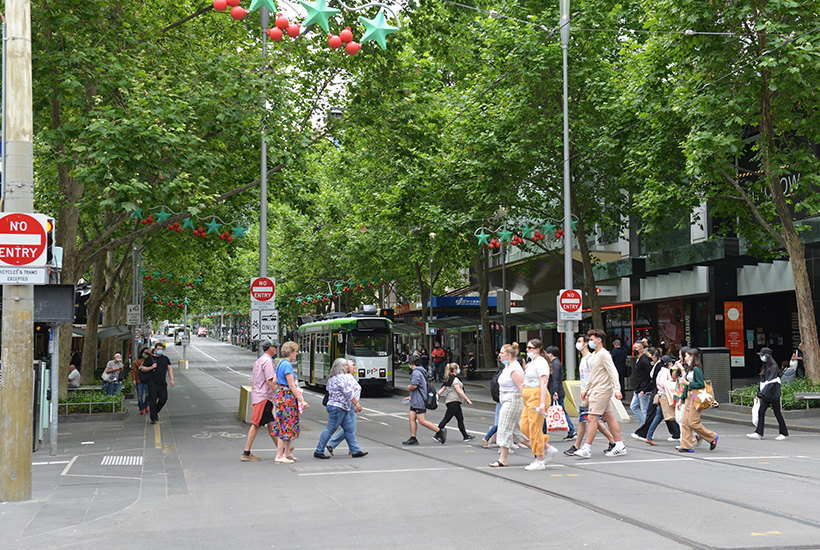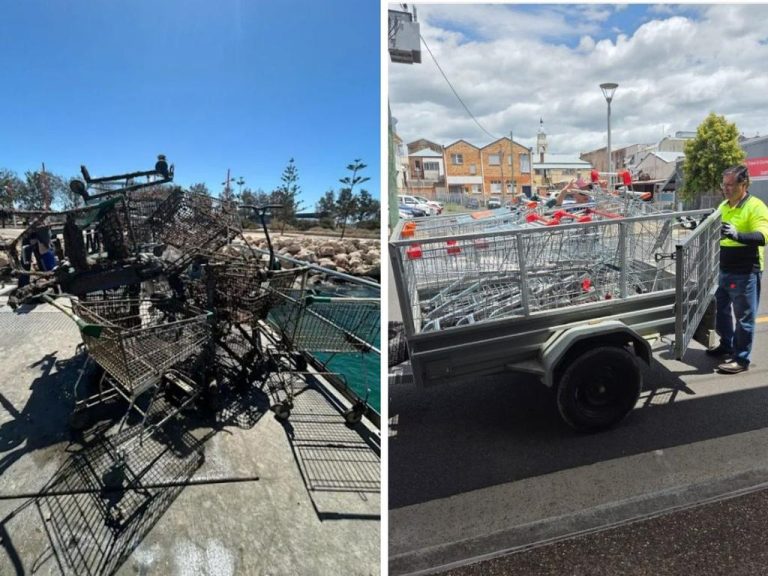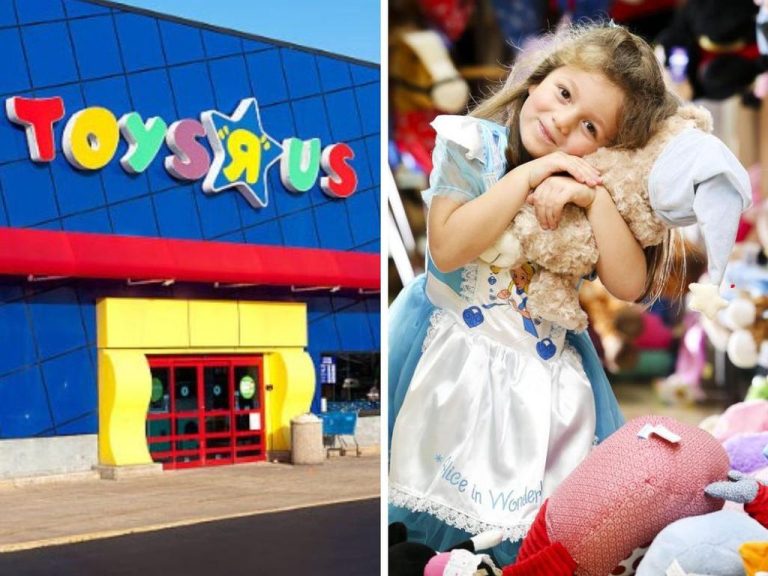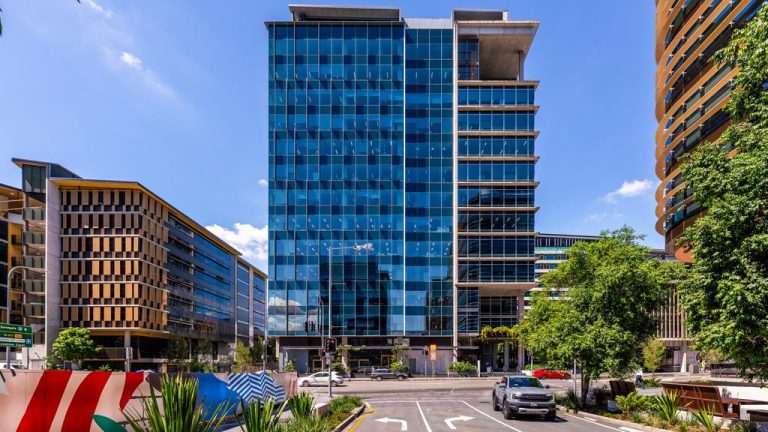Commercial property winners & losers: Four trends that could outlast the pandemic

From vacant storefronts to empty offices, COVID has had a highly visible impact on the commercial property market.
The impact, however, has varied, with new ways of working and shopping creating significant opportunities for some sectors.
It’s now almost two years on from the start of the pandemic, and we’re starting to gain a clearer picture of the road ahead. Here are four key trends that could stick for the long term.
The needs of office occupiers have evolved
Ever since Australia’s white-collar workers were sent home in March last year, the need for offices has been hotly debated. Whatever the preference of employees may be, one thing has become clear: businesses still want to lease offices.
After a slow 2020 in which rents took a beating, demand for office space is returning. Leasing enquiries on realcommercial.com.au are now back to pre-COVID levels, and this is starting to translate to an increase in deals.
Occupiers, however, have become more selective. For many, the rise in hybrid working has led to a decrease in space requirements. This, combined with lower market rents has enabled a ‘flight to quality’, often from lower to higher grade offices.
Occupiers are now looking for more than a place to sit and work, with the focus increasingly on lifestyle and collaboration. Compared to pre-COVID, searches for offices with balconies and rooftop terraces, or near cafes and fitness facilities have more than doubled.
Business travel – a thing of the past?
In countries less impacted by border closures, travel has returned faster for leisure than business. What’s more, research suggests the decline in business travel will outlast the pandemic.
In a Bloomberg survey of large businesses across the US, Europe and APAC, 84% of respondents intended to cut back on travel post-COVID.
Advances in technology, desire for cost savings, and an increased focus by businesses on their environmental footprint will all contribute to a reduction in travel.
This will impact hotel occupancy rates and profitability, especially in capital cities.
E-commerce has underpinned demand for industrial

Retailers have had to adapt with many consumers switching to online shopping. Picture: Getty
Lockdowns significantly accelerated growth in e-commerce, with retailers and customers forced to adapt. Year-to-date, the proportion of total retail turnover occurring online has averaged 11.1%, up from 9.4% in 2020, and 6.3% in 2019.
Growth in online spend has been strongest for non-food sales, which hit a new record of 25.5% in September.
While growth in e-commerce presents a challenge for some bricks and mortar retailers, it’s proved an enormous boon for the industrial and logistics sector and driven up demand for these assets.
Investors are favouring different assets
The past 18 months have seen a shift in the assets most sought after by investors. While sectors such as office and retail saw vacancy rise and rents fall, more resilient sectors saw the reverse occur.
This has driven a divergence in performance across the sectors as investors look to increase their exposure to lower risk assets such as industrial and childcare.







